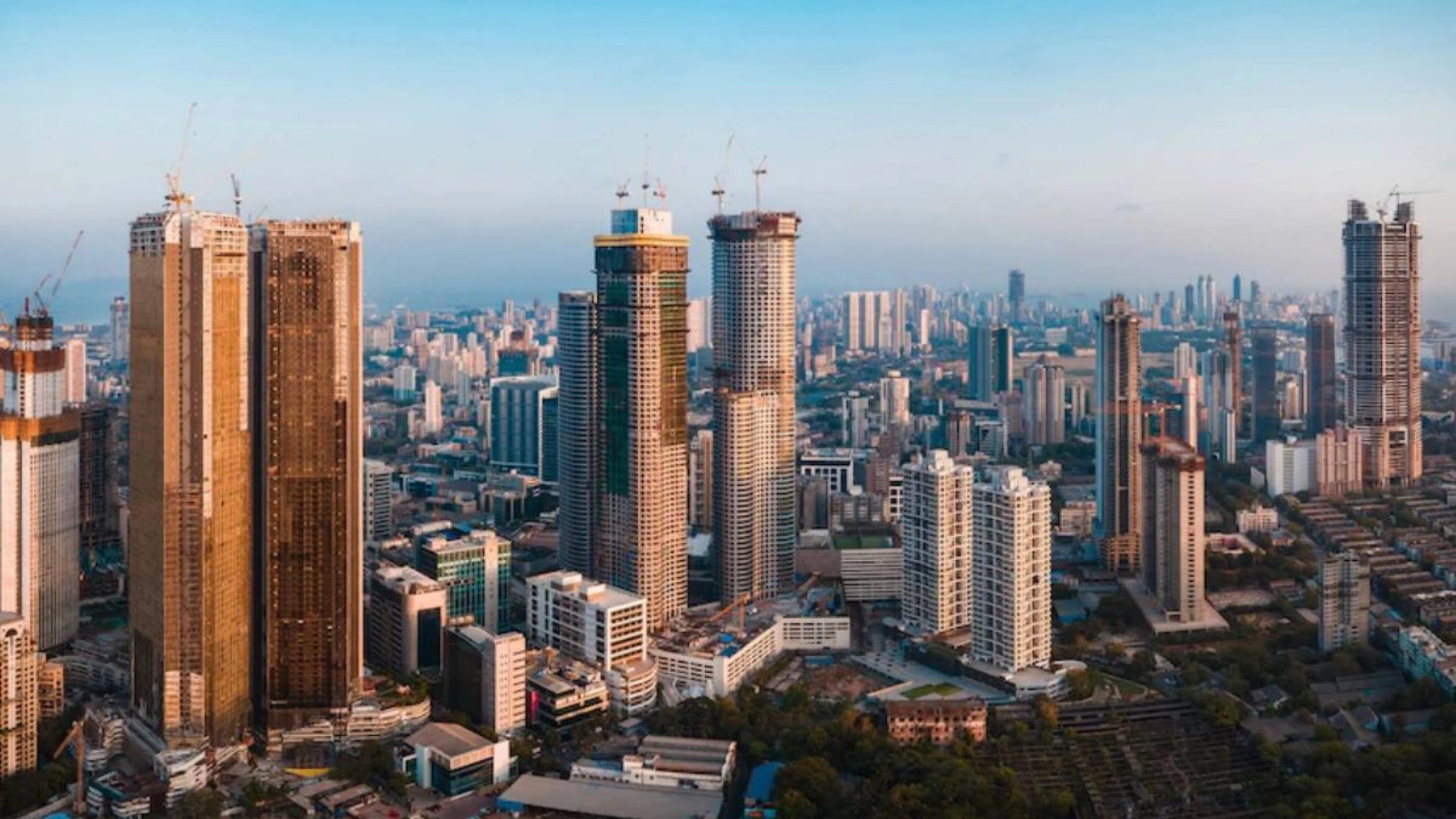Table of Content
India’s office demand in Q3 2025 demonstrated remarkable resilience, with absorption nearing 20 million sq ft. The market was led by Bengaluru, NCR, and Mumbai, reflecting strong interest from Global Capability Centres (GCCs), BFSI firms, and flexible workspace operators. Despite global economic uncertainties and moderation in the IT sector, domestic leasing activity remained robust, driven by hybrid work adoption and continued expansion of corporate footprints.
City-Wise Absorption Highlights
Bengaluru Leads the Charge
Bengaluru recorded the highest absorption in Q3 2025 at 4.63 million sq ft. The city’s office market continues to benefit from GCC expansions and demand from IT-ITeS companies, although overall IT absorption moderated slightly from previous quarters. Large corporates seeking high-quality office spaces in prime micro-markets contributed significantly to leasing activity.
NCR Follows Closely
The National Capital Region (NCR) accounted for 4.01 million sq ft of absorption, with Gurugram and Noida driving most of the activity. BFSI companies and flexible workspace operators were key contributors, reflecting a shift toward hybrid and agile workplace models.
Mumbai: BFSI and Co-Working Demand Drives Leasing
Mumbai absorbed 2.98 million sq ft in Q3 2025, mainly led by banks, financial services firms, and co-working operators seeking prime office locations. The city’s business districts continued to attract occupiers willing to pay a premium for strategic connectivity and infrastructure.
Other Cities Show Growth
While Kolkata remained the smallest office market at 0.42 million sq ft, it posted substantial growth of 21% quarter-on-quarter and 285% year-on-year. This surge is largely attributed to a low base effect and renewed interest from occupiers. Overall, southern cities such as Bengaluru, Chennai, and Hyderabad together contributed to 50% of India’s office demand in Q3 2025.
Also Read: Housing Prices in India May Grow 5–10% Yearly, Sales Expected to Double by 2047
Sector Trends Driving Demand
The IT-ITeS sector remained the largest occupier, accounting for 31% of total absorption. However, this represented a decline from nearly 50% in the previous quarter, as major tech firms moderated expansion plans.
The BFSI sector saw its share double to 15%, while flexible workspace operators contributed 14% of absorption. This highlights the growing preference for hybrid models and flexible leasing solutions.
Shrinivas Rao, CEO of Vestian, observed, “Despite global layoffs and technology spending rationalization, domestic demand and GCC expansions are supporting leasing activity. The third quarter reported strong absorption, keeping the office market buoyant even amid global uncertainties.”
Surge in New Grade A Office Supply
New office supply across India also picked up, with 16.1 million sq ft of Grade A space completed in Q3 2025. This was 26% higher year-on-year and 10% above the previous quarter.
City-wise supply highlights include:
- Pune: 3.70 million sq ft
- Bengaluru: 3.40 million sq ft
- NCR: 3.10 million sq ft
- Chennai: 2.10 million sq ft (highest supply in seven quarters, 320% YoY increase)
Developers accelerated project completions to match sustained demand and strong pre-commitment levels, particularly across major business districts.
Market Outlook
The outlook for India’s office market remains constructive. Consulting, financial services, R&D, GCCs, and flexible workspace operators are expected to continue driving leasing activity. Bengaluru, Hyderabad, and Pune are likely to sustain absorption momentum in the coming quarters.
While global economic caution persists, including potential H-1B visa restrictions, domestic demand is expected to keep office leasing buoyant. The combination of healthy absorption, new supply, and a diversified occupier base positions India’s office market for steady growth in the near term.


_1764657403.webp)

_1764578993.webp)




Ans 1. Bengaluru, NCR (Gurugram and Noida), and Mumbai led office absorption in Q3 2025, collectively accounting for the majority of leasing activity.
Ans 2. India’s office absorption in Q3 2025 neared 20 million sq ft, reflecting strong demand from GCCs, BFSI firms, and flexible workspace operators.
Ans 3. The IT-ITeS sector remained the largest occupier at 31% of total absorption, followed by BFSI (15%) and flexible workspace operators (14%).
Ans 4. Mumbai absorbed 2.98 million sq ft, led primarily by banks, financial services firms, and co-working operators seeking prime locations.
Ans 5. NCR absorption of 4.01 million sq ft was driven by BFSI companies, flexible workspace operators, and the adoption of hybrid workplace models.
Ans 6. India saw 16.1 million sq ft of new Grade A office space completed in Q3 2025, a 26% increase year-on-year and 10% above the previous quarter.
Ans 7. Top contributors included Pune (3.70 mn sq ft), Bengaluru (3.40 mn sq ft), NCR (3.10 mn sq ft), and Chennai (2.10 mn sq ft).
Ans 8. Flexible workspace operators accounted for 14% of absorption, reflecting the growing preference for hybrid work models and scalable leasing solutions.
Ans 9. The office market is expected to remain constructive, with sustained demand from consulting, financial services, R&D, GCCs, and flexible workspace operators supporting steady absorption.
Ans 10. Kolkata absorbed 0.42 million sq ft, showing 21% quarter-on-quarter and 285% year-on-year growth, largely due to a low base effect and renewed occupier interest.